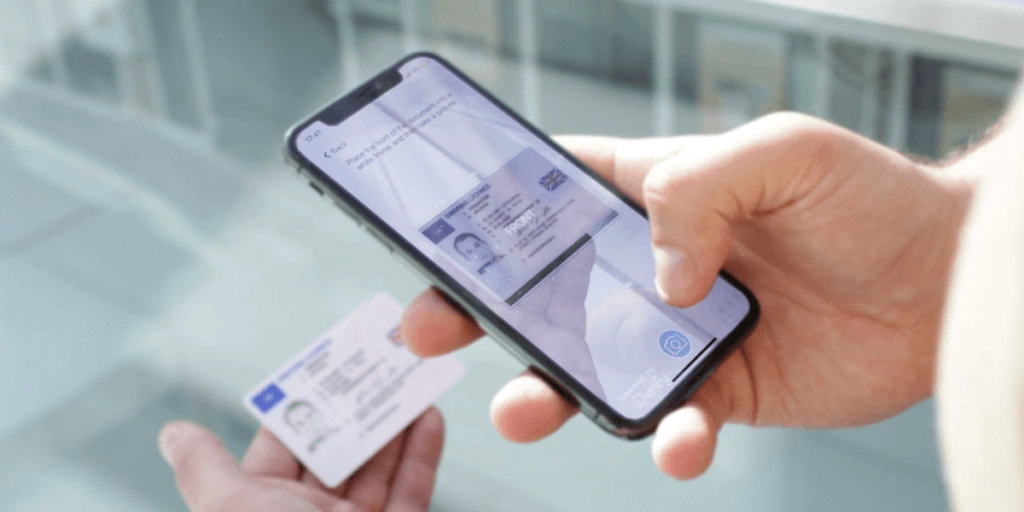
In today’s digital world, verifying your identity is a critical step in any online process. Whether you’re opening a new bank account or setting up a new email address, proving that you are who you say you are is essential for security and fraud prevention.
Luckily, there are many easy methods of identity verification available, so no matter what your needs may be, there’s sure to be a solution that fits. In this article, we’ll outline some of the most common techniques used for identity verification, as well as how each one works. So if you’re ready to take the next step in your online journey, read on!
Customer onboarding is one of the most common applications for digital identity verification solutions. Proper KYC checks conducted at the start of a business relationship between service providers and customers ensure transparency, increase safety and reduce the risk of fraudulent activities.
Identity verification methods are also used to reliably verify users’ ages. Whether opening a bank account, a digital wallet, or an account on a gaming/e-gambling platform, users’ ages must be verified; due to increasing legal requirements, such checks cannot be based solely on users’ declarations.
The collection of user data is the first step in a proper identity verification process. Typically, when creating an account, the user must provide information such as:
Personal information required varies according to the industry or sector in which a company operates.
Smartosc solutions : BACKBASE DIGITAL BANKING, BUY NOW PAY LATER, LOS, CDP, EKYC, DIGITAL ONBOARDING
One of the most important steps in any identity verification process is proper data authentication. Data from the user’s identity document is extracted during this step. Several technologies and software, such as OCR, can be used in digital verification solutions.
OCR extracts data from photos of users’ identity documents in order to validate data and ensure that the document has not been tampered with, either digitally or manually.
It is critical to eliminate the risk of identity theft and the possibility of performing transactions without the rightful owner’s authorization during this step. A biometric check, such as Face Verification, is one of the most effective and quickest ways to confirm the ownership of the ID. This is also when solutions like liveness detection and human supervision come into play, reducing the risk of fraudulent attempts.
It is also critical to select an identity verification method that eliminates the possibility of using a fraudulent or forged document. This is when security features are checked and ID documents are compared to official government-issued templates.
Depending on the needs of the business, additional steps can be taken to obtain and verify additional data.
Here are some examples of additional steps that can be taken:
– A Proof of Address check confirms the customer’s residential address.
– PEP and Sanctions Lists or other databases are checked.
– Transaction authentication via phone number confirmation (TAN).
– Additional interview questions based on your company’s needs
If you’re looking for a way to streamline your digital onboarding process, identity verification is a great solution. By following the tips in this guide, you can be sure that you’re set up for success. Are you ready to get started? Contact SmartOSC Fintech or visit our website today to learn more about how we can help you with identity verification.
Retail banking has come a long way since its inception. In the current age of…
Integrated banking technology has revolutionized the banking industry, offering many benefits that are changing how…
In the highly competitive banking industry, customer relationship management (CRM) has become a critical component…
As the banking industry evolves, customers demand more convenient and flexible banking services. This has…
Banking software has revolutionized the financial industry, enabling financial institutions to serve customers more efficiently…
Bank strategy consultant As the banking industry evolves rapidly, financial institutions must stay ahead of…